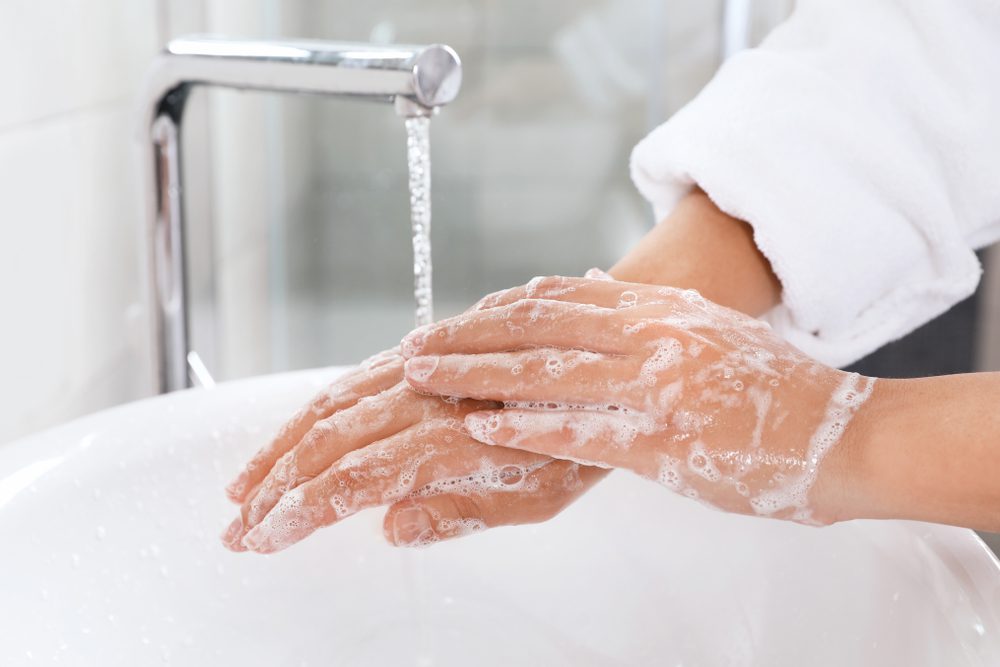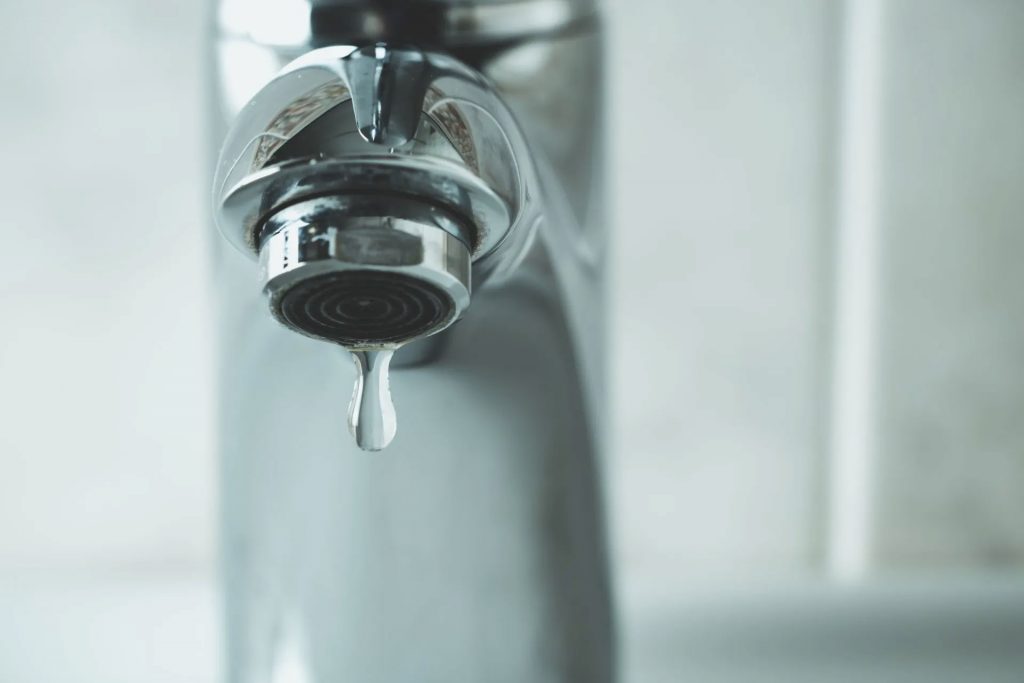Your Detailed Guide to Dealing with Low Water Pressure in Your Home
Your Detailed Guide to Dealing with Low Water Pressure in Your Home
Blog Article
This article following next relating to Low Water Pressure in the House? is extremely interesting. Have a go and draw your own personal assumptions.

Low tide pressure in your home can be a frustrating issue, influencing whatever from showering to washing recipes. If you're experiencing weak water circulation, there are several feasible reasons and solutions to check out. In this guide, we'll discuss typical factors for low water pressure and functional actions to address the issue efficiently.
Intro to Low Tide Stress
Low water pressure happens when the circulation of water from your taps, showers, and various other fixtures is weaker than typical. This can make daily tasks more difficult and much less efficient. Recognizing the causes of low water pressure is important to finding the ideal service.
Usual Reasons For Low Tide Pressure
Pipe Obstructions
In time, pipelines can come to be blocked with mineral deposits, debris, or debris, restricting the flow of water. This is an usual issue in older homes with galvanized steel pipelines.
Corrosion
Deterioration within pipelines can lead to leakages and lowered water pressure. Rust build-up can constrict water circulation, specifically in aging plumbing systems.
Faulty Pressure Regulators
Stress regulators are accountable for keeping consistent water stress in your house. If they malfunction, it can result in low tide stress or irregular circulation throughout the house.
Community Water Issues
In some cases, the issue exists outside your home. Metropolitan water supply issues, such as main line leaks or maintenance work, can temporarily decrease water pressure in your area.
How to Identify Low Water Stress
Inspecting Taps and Components
Start by testing the water stress at different taps and fixtures throughout your home. If the concern is isolated to certain areas, it may suggest local issues.
Inspecting Pipelines
Examine visible pipes for indications of leakages, rust, or obstructions. Take notice of any kind of unusual noises, such as banging or rattling pipelines, which could indicate problems within the plumbing system.
Consulting with a Plumber
If you're unable to pinpoint the cause of low tide stress, take into consideration employing a professional plumber to perform a comprehensive inspection. They can determine underlying concerns and recommend ideal services.
DIY Solutions to Deal With Low Water Stress
Cleaning Aerators and Showerheads
Natural resources can build up in aerators and showerheads, lowering water circulation. Eliminate and clean these components routinely to enhance water stress.
Flushing Hot Water Heater
Sediment buildup in the water heater can limit circulation and reduce effectiveness. Flushing the tank occasionally assists get rid of sediment and maintain ideal efficiency.
Examining Pressure Regulatory Authority
Make certain that the stress regulator is operating properly. Readjusting or replacing the regulator can aid restore proper water stress throughout your home.
Clearing Clogs in Pipes
For small obstructions, attempt utilizing a plumbing snake or chemical drainpipe cleaner to clear blockages in pipelines. Be cautious when making use of chemicals and adhere to security guidelines.
When to Call an Expert Plumber
If do it yourself efforts stop working to resolve the problem or if you presume substantial plumbing problems, it's best to seek support from a qualified plumber. They have the know-how and devices to resolve intricate concerns securely and properly.
Safety Nets to Keep Water Stress
Regular Maintenance
Schedule regular maintenance for your plumbing system to avoid problems such as corrosion, leaks, and obstructions. Resolving small troubles early can aid stay clear of even more substantial repair work later.
Setting Up a Stress Booster
Consider setting up a stress booster pump to boost water pressure in locations with continually low circulation. This can be specifically beneficial for multi-story homes or properties with high-demand fixtures.
Tracking Water Usage
Bear in mind water use practices and avoid overtaxing the plumbing system. Easy changes, such as staggering showers and washing loads, can assist keep sufficient water stress.
Verdict
Dealing with low water stress can be aggravating, however determining the underlying reasons and implementing suitable services can bring back ideal flow throughout your home. Whether it's cleaning up aerators, examining pipelines, or consulting with a plumber, taking proactive actions can make sure a stable supply of water for your daily demands.
FOUR WAYS TO FIX LOW WATER PRESSURE NOW
Turning on a shower or faucet only to find the water comes out in a sad, slow drizzle is never a good feeling. How exactly are you supposed to wash a pan or take a quick shower when it takes 10 minutes just to rinse off a little soap? The good news is that when your water pressure is bad, there's always a cause: typically one that can be easily fixed. Here are some of the most common causes of low pressure and what you can do to fix the issue:
DEBRIS AND MINERAL DEPOSIT BUILDUPS
If you notice low water pressure from just one or two of the fixtures in your house, the problem likely has to do with debris buildup. Water is full of minerals and other debris, all of which can accumulate in your pipes and on your fixtures. This can cause a blockage that affects how much water flows through. To fix this, try filling a small plastic bag with white vinegar, and use a rubber band to hang it around your showerhead or faucet. Let the head of the fixture soak for a few hours, and the vinegar should loosen the deposits.
WATER LEAKS
Leaks are another common cause of low water pressure. If water is flowing out of your plumbing through a hole or crack before it can reach your fixture, the pressure coming out of the faucet or showerhead will be lower. A plumbing professional is your best bet for finding and repairing a leak in your water supply pipes.
Leaks are another common cause of low water pressure. If water is flowing out of your plumbing through a hole or crack before it can reach your fixture, the pressure coming out of the faucet or showerhead will be lower. A plumbing professional is your best bet for finding and repairing a leak in your water supply pipes.
FOUR WAYS TO FIX LOW WATER PRESSURE NOW
Turning on a shower or faucet only to find the water comes out in a sad, slow drizzle is never a good feeling. How exactly are you supposed to wash a pan or take a quick shower when it takes 10 minutes just to rinse off a little soap? The good news is that when your water pressure is bad, there's always a cause: typically one that can be easily fixed. Here are some of the most common causes of low pressure and what you can do to fix the issue:
DEBRIS AND MINERAL DEPOSIT BUILDUPS
If you notice low water pressure from just one or two of the fixtures in your house, the problem likely has to do with debris buildup. Water is full of minerals and other debris, all of which can accumulate in your pipes and on your fixtures. This can cause a blockage that affects how much water flows through. To fix this, try filling a small plastic bag with white vinegar, and use a rubber band to hang it around your showerhead or faucet. Let the head of the fixture soak for a few hours, and the vinegar should loosen the deposits.
WATER LEAKS
Leaks are another common cause of low water pressure. If water is flowing out of your plumbing through a hole or crack before it can reach your fixture, the pressure coming out of the faucet or showerhead will be lower. A plumbing professional is your best bet for finding and repairing a leak in your water supply pipes.
Leaks are another common cause of low water pressure. If water is flowing out of your plumbing through a hole or crack before it can reach your fixture, the pressure coming out of the faucet or showerhead will be lower. A plumbing professional is your best bet for finding and repairing a leak in your water supply pipes.
A VALVE ISSUE
If you have low water pressure throughout your home, check your main shut-off valve to make sure it's completely open. You may also want to see if there's a pressure-reducing valve installed. If there is, have a plumber help you adjust the settings to get the pressure you're looking for.
OTHERS USING WATER
Believe it or not, your low water pressure could be caused by your neighbors. If you notice low pressure at certain times of day, it may be because you and the people living next to you have similar schedules - when everyone is showering at the same time, the pressure will be lower in every home. Low pressure throughout the neighborhood may also be caused by an issue with your municipal water supply. If that's the case, call the supplier to see if they're working on the issue.
https://www.rotorooter.com/blog/water-leaking/low-water-pressure-fixes/

As an enthusiastic reader on 9 Reasons for Low Water Pressure in Your House, I think sharing that piece of content was beneficial. Do you know about another individual who is enthusiastic about Dealing with Low Water Pressure in Your Home? Take a moment to share it. Thank you for your time. Come back soon.
Book Report this page